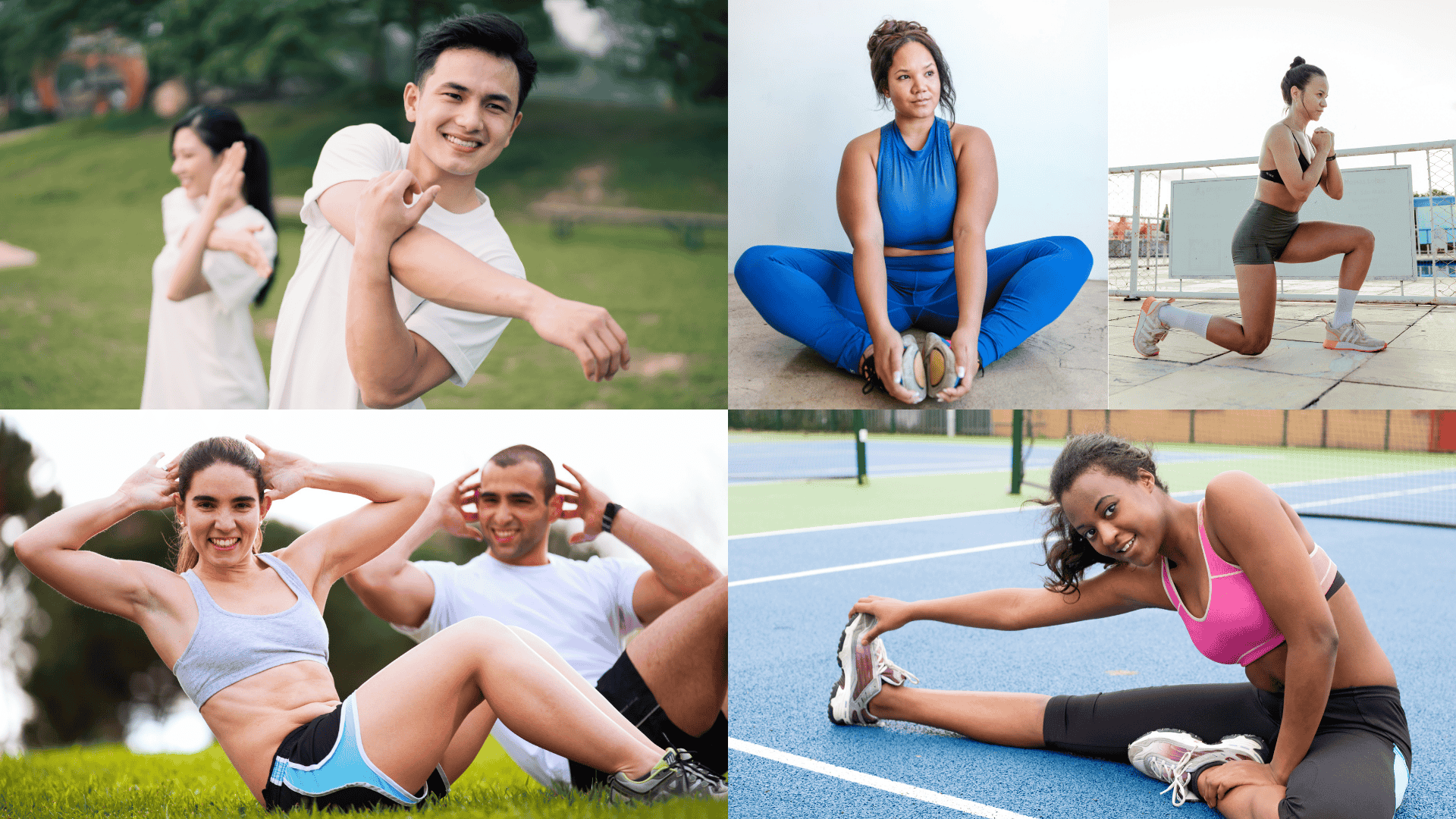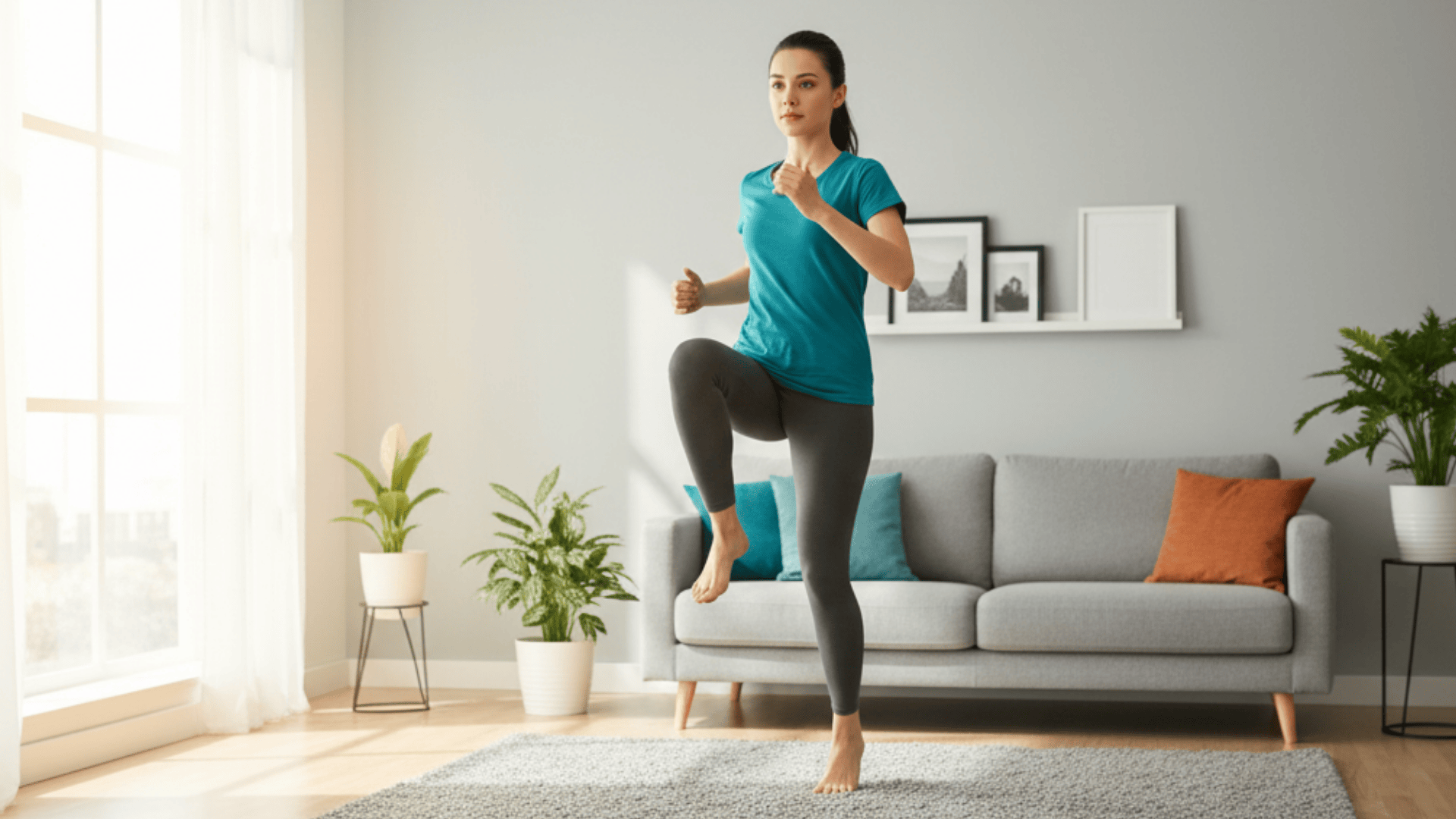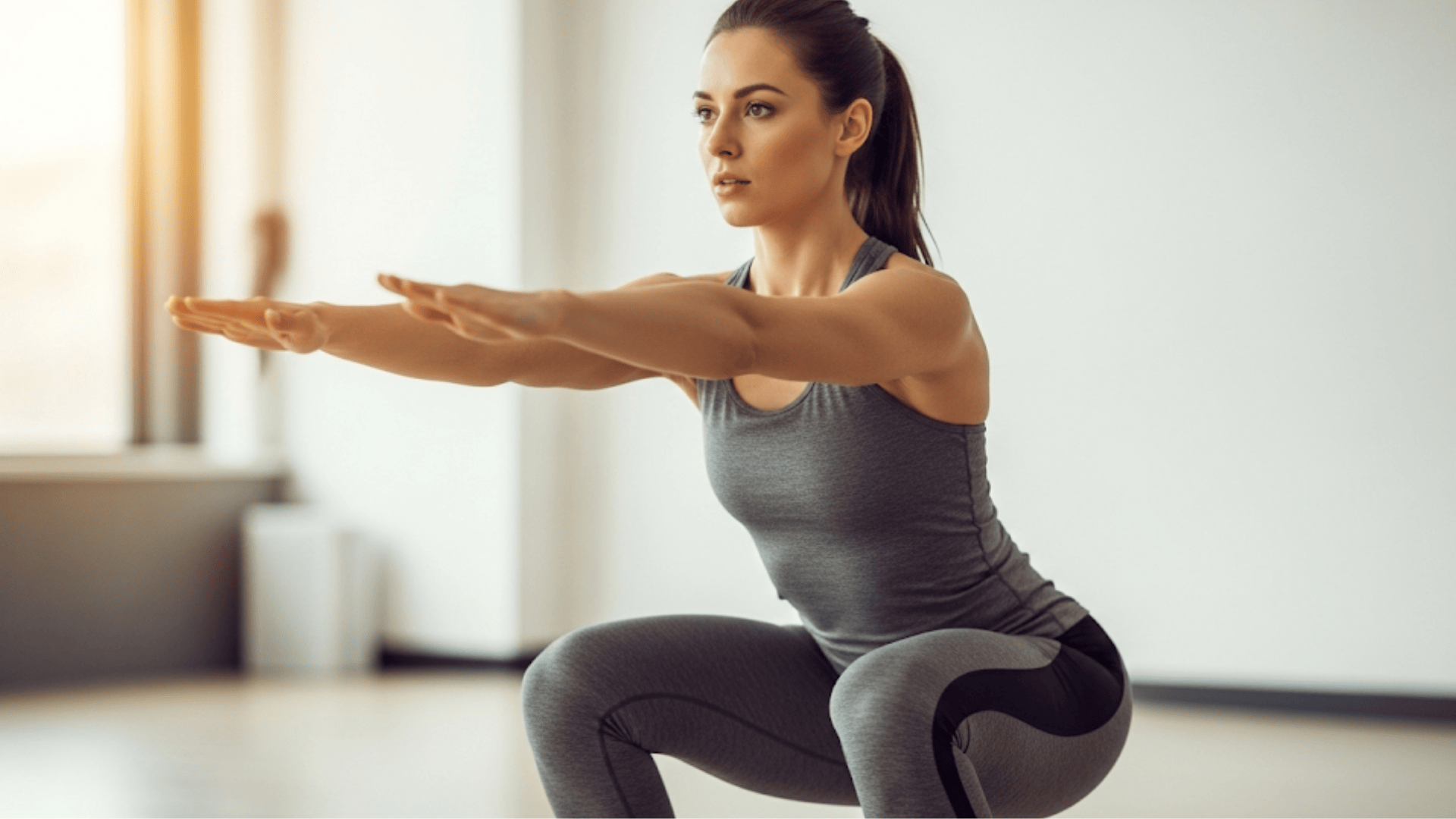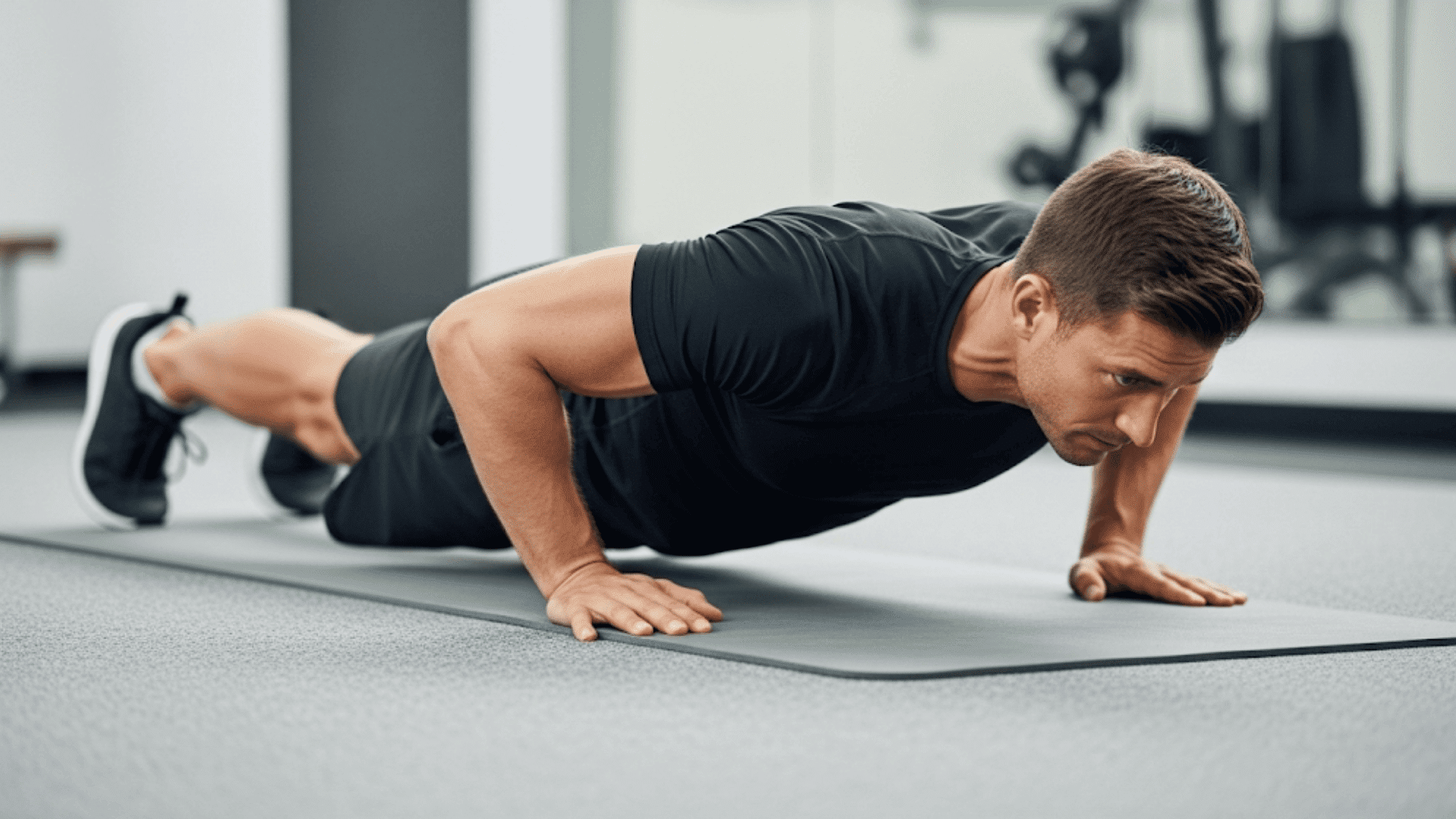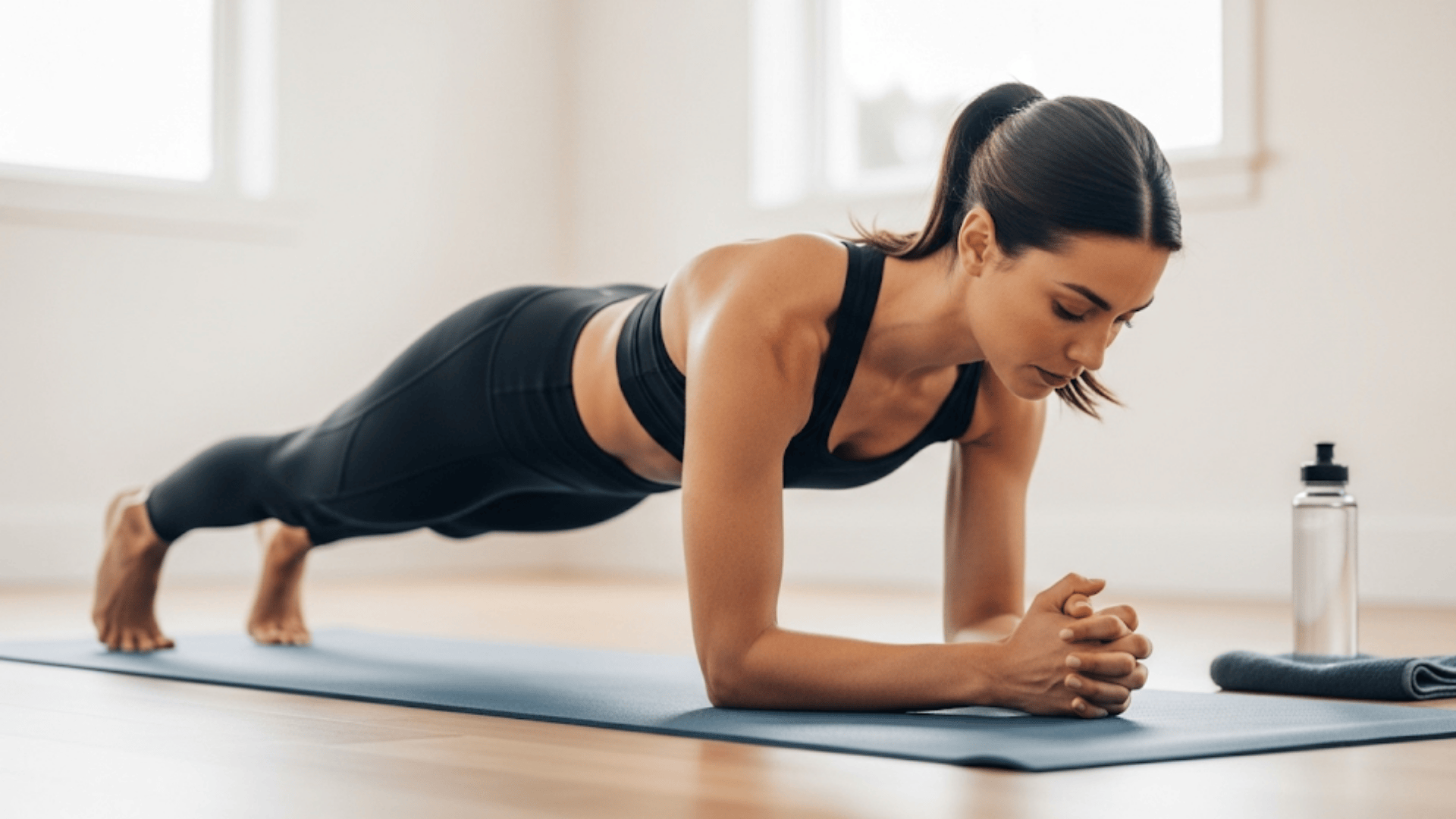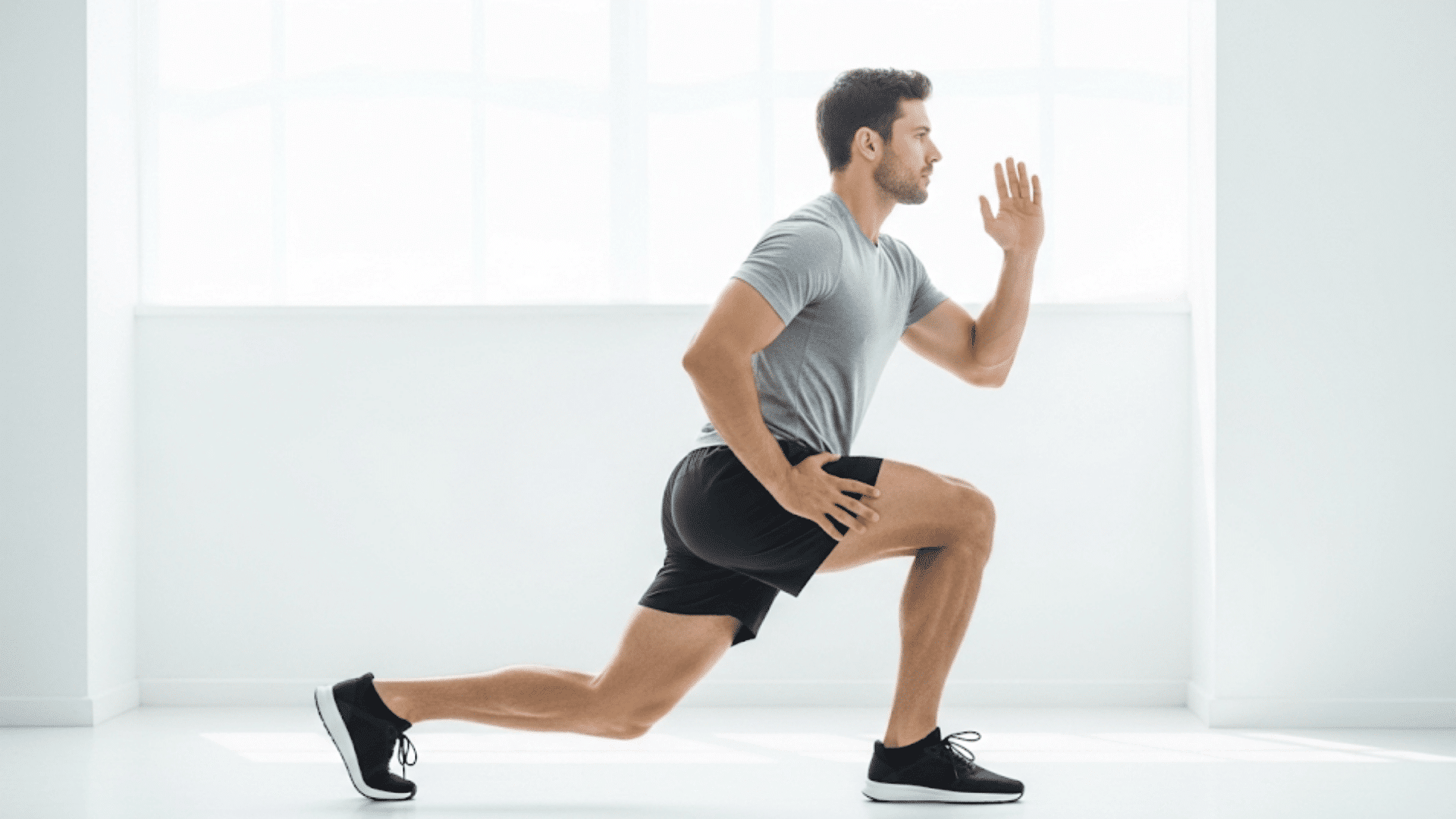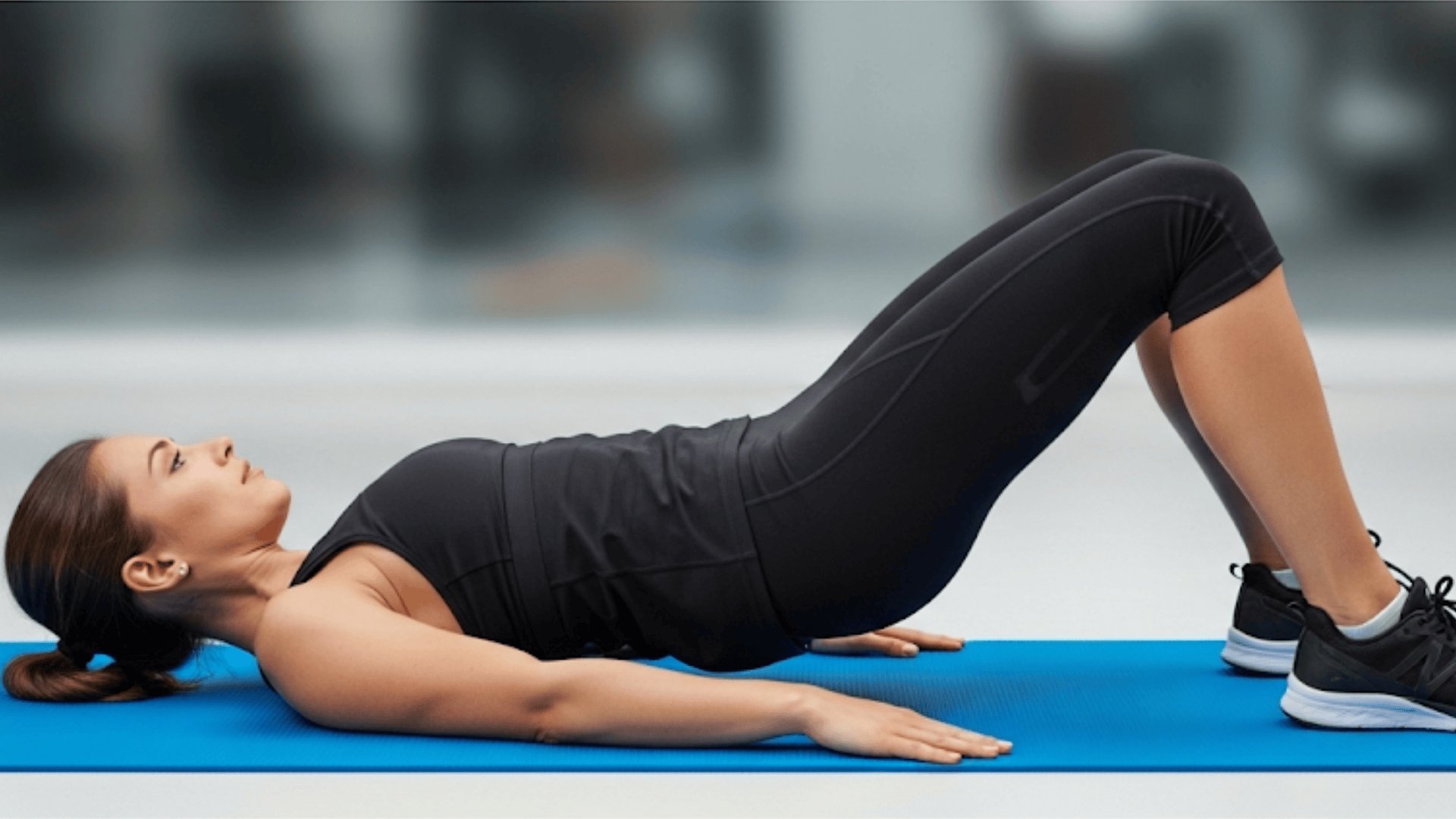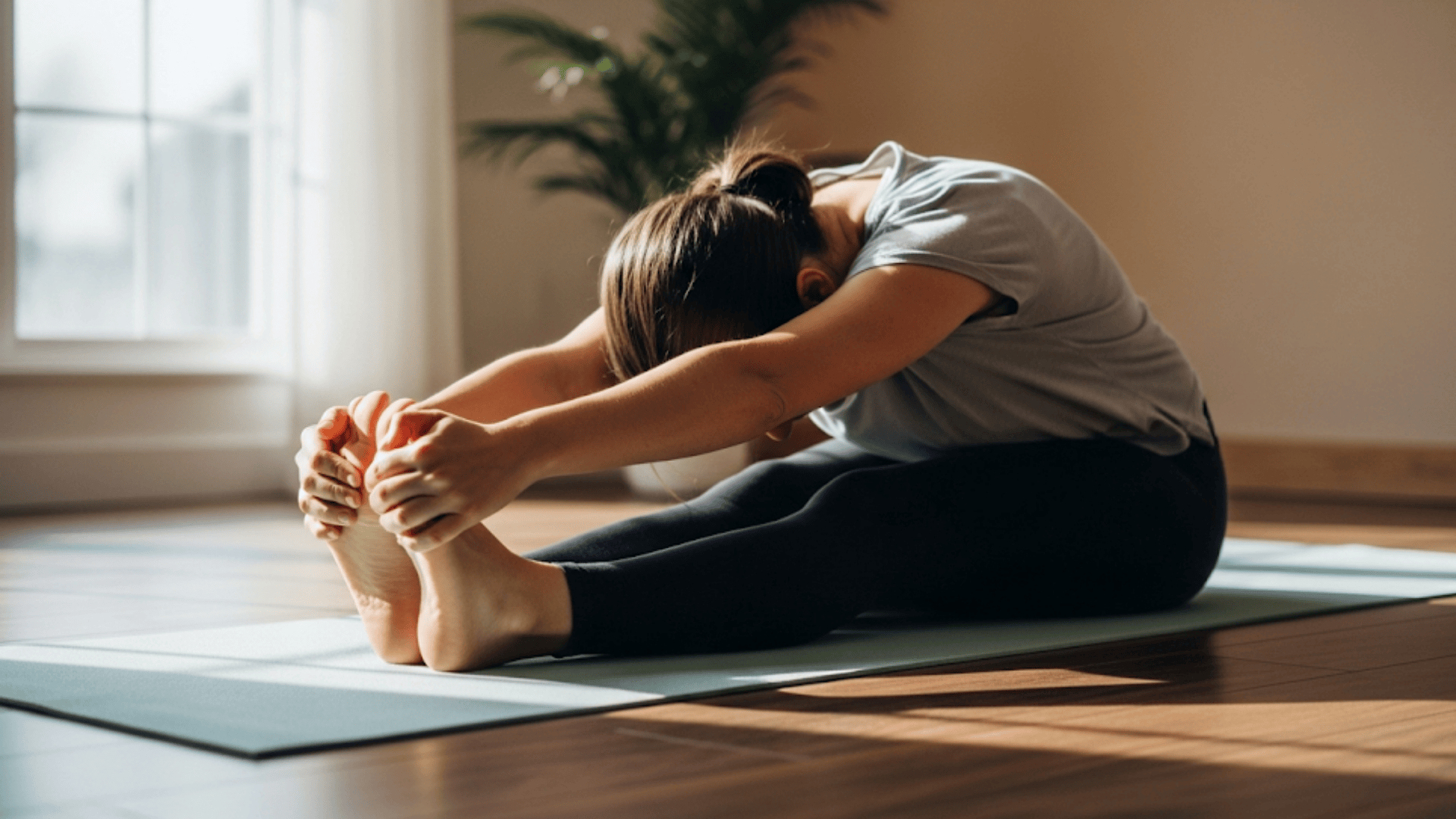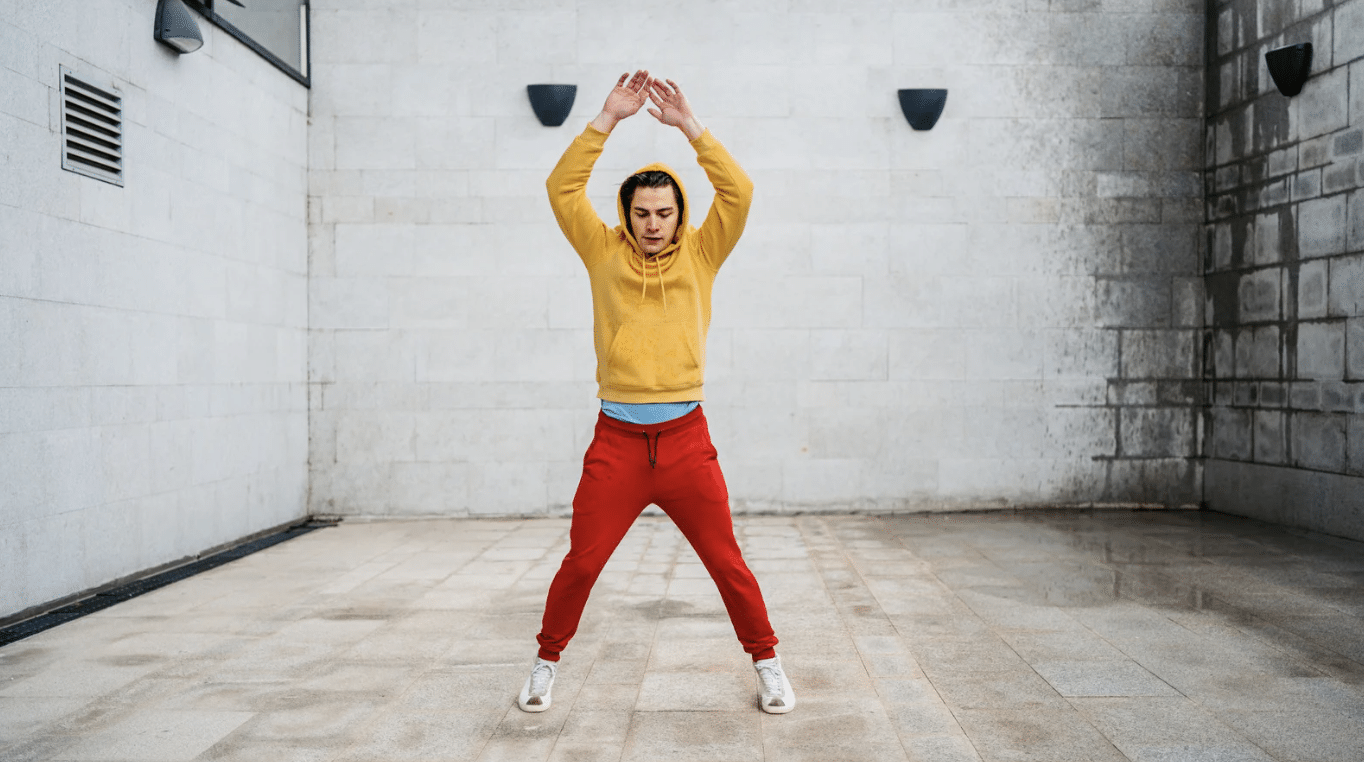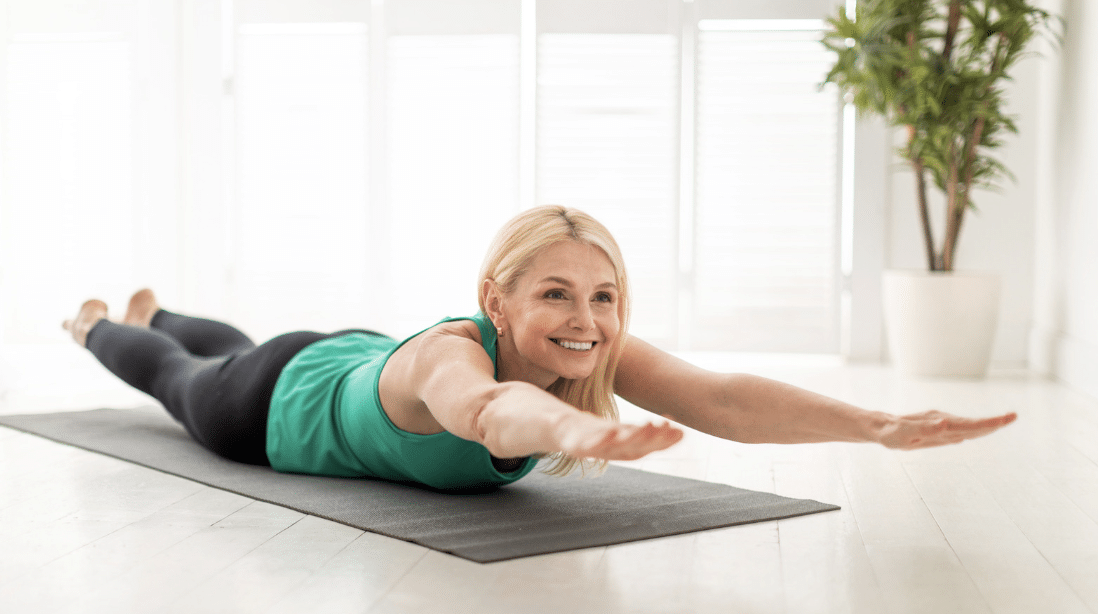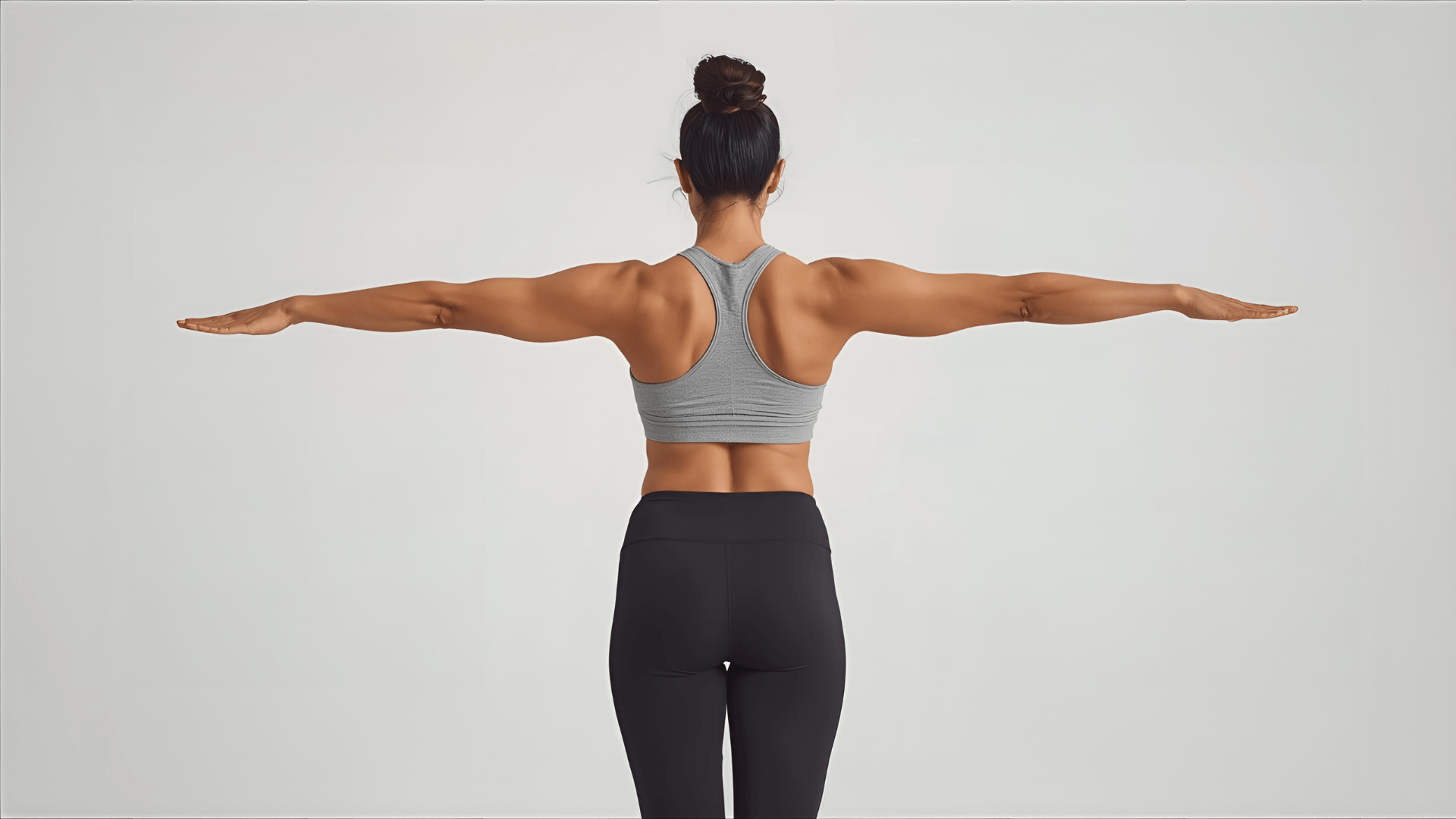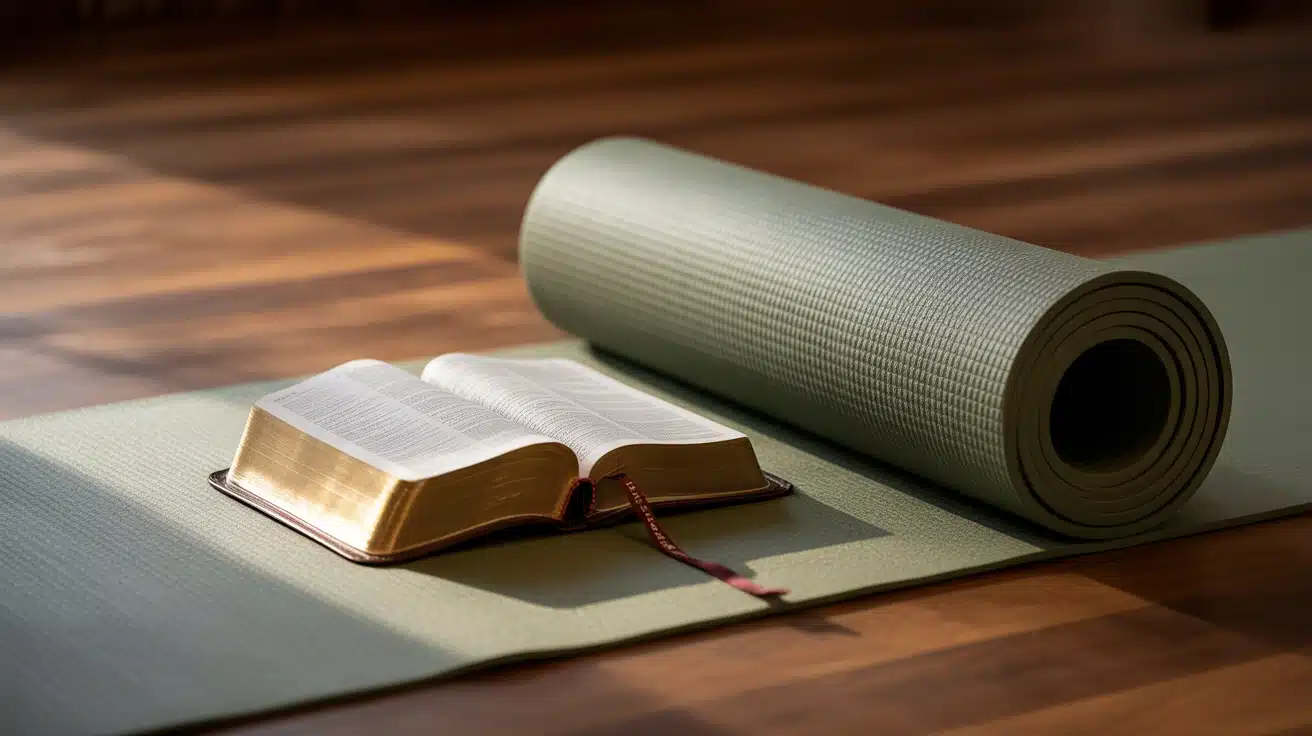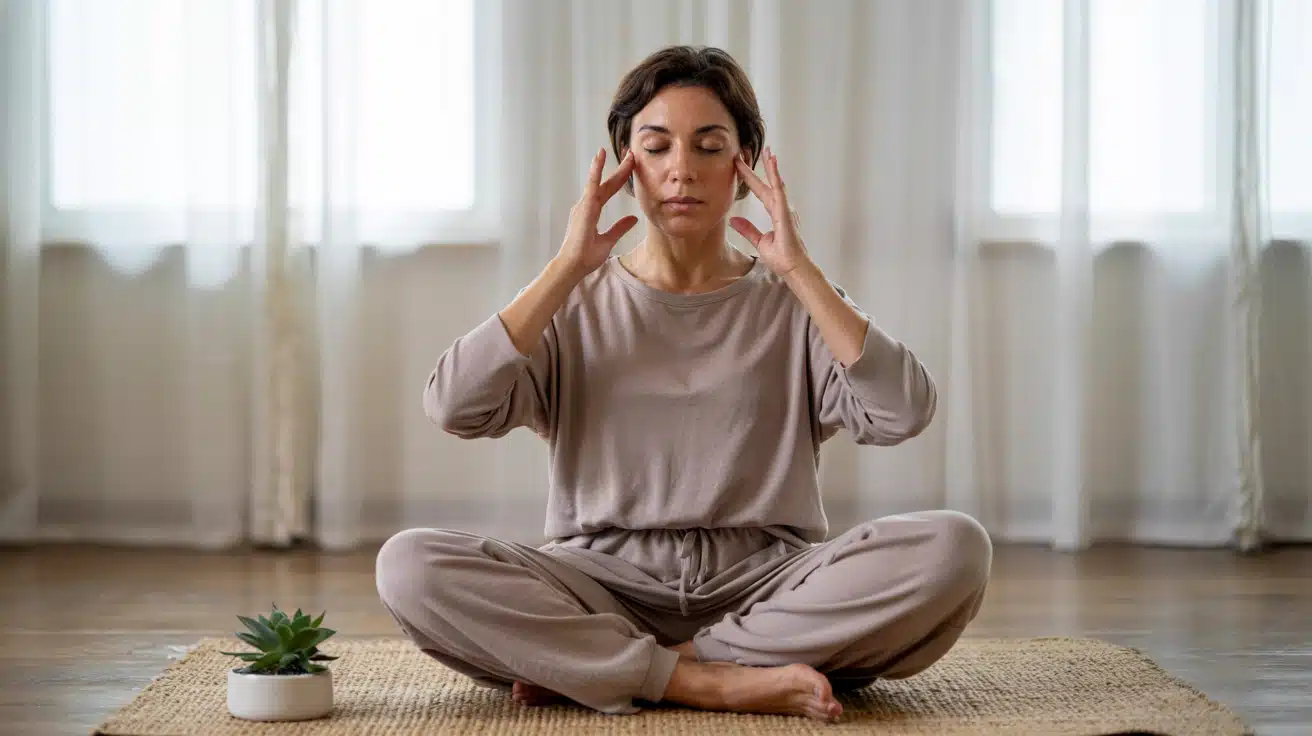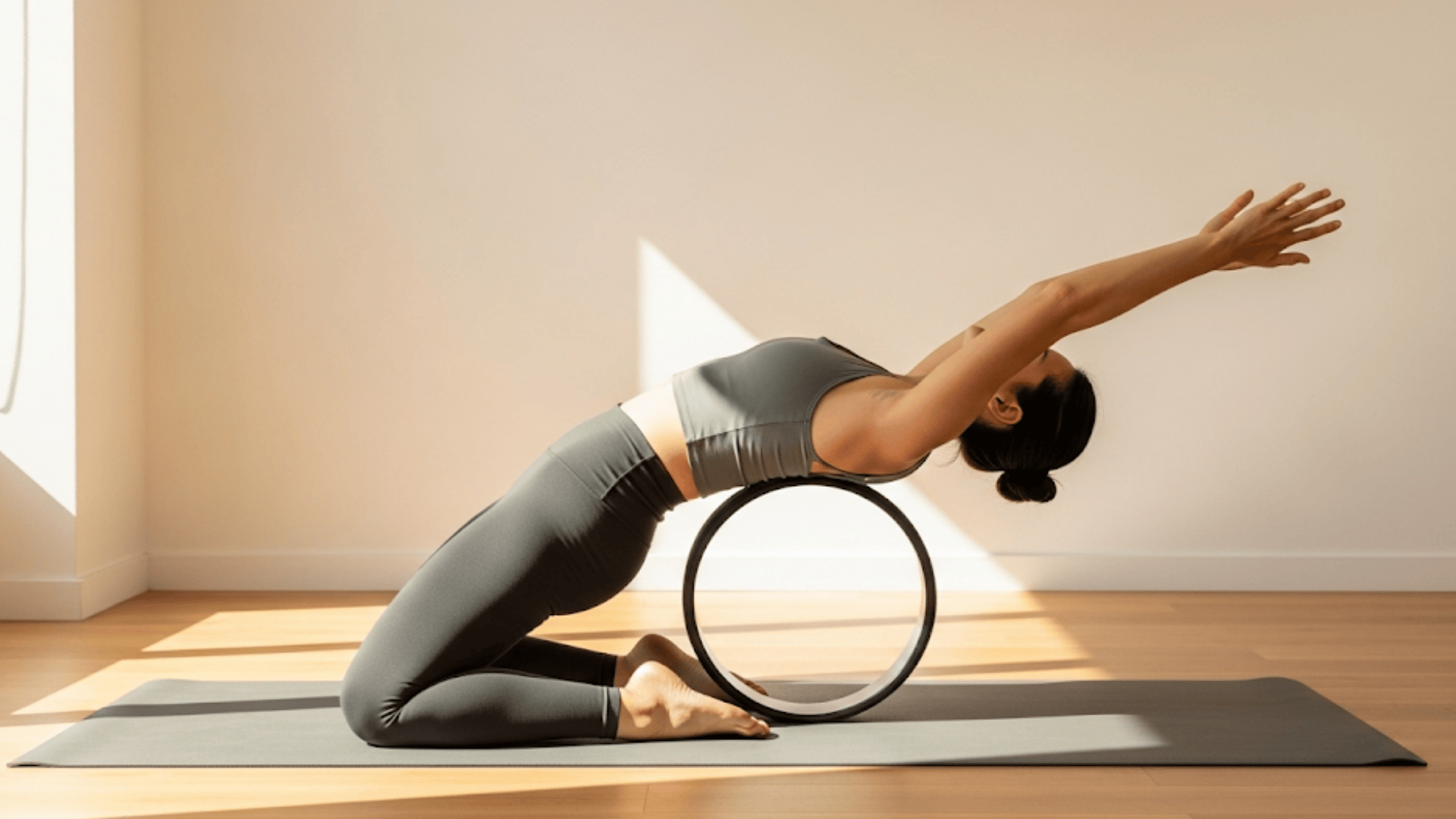Your body craves movement, but most daily routines barely give it what it needs.
Sitting at desks, commuting in cars, and staring at screens leaves your muscles weak and your joints stiff. The solution isn’t complicated gym workouts or expensive equipment.
Simple exercises can change your body’s overall feel every single day. These movements take just 15-20 minutes and work every major muscle group.
No gym membership required. No special gear needed. Just you, a small space, and the commitment to move your body daily.
This guide covers exercises that can improve your health when done daily, along with the exact methods to fit them into your busy schedule.
Benefits of a Daily Exercise Routine
Making exercise a daily habit can lead to significant changes in both your body and mind. Even 15-20 minutes of movement can have a significant impact on your health, with noticeable improvements occurring within weeks.
- Increased Metabolism and Calorie Burn –Your body burns more calories throughout the day, even while resting.
- Better Posture and Reduced Risk of Injury –Strong muscles support your spine and joints, preventing common aches and pains.
- Stress Relief and Improved Sleep Quality –Exercise releases feel-good chemicals that calm your mind and help you sleep more deeply.
- Long-term Health Benefits –Daily movement protects your heart, keeps joints flexible, and maintains mobility as you age.
11 Exercises to Do Every Day for a Healthy Body
Simple, effective, and equipment-free, these 11 daily exercises will boost your strength, flexibility, and energy to keep your body healthy every day.
1. Walking or Marching in Place
Walking is the most natural movement your body is familiar with. It gets your blood flowing and warms up your muscles without any stress on your joints.
You don’t need a gym membership or fancy equipment. Just stand up and start moving. This simple exercise wakes up your entire body and prepares it for the day ahead.
Think of marching in place as your personal warm-up routine. It’s perfect for rainy days or when you’re unable to get outside.
How to do it:
- Stand tall with your feet hip-width apart.
- Begin marching in place, lifting your knees toward your chest.
- Swing your arms naturally to increase intensity.
- Keep your core engaged and shoulders relaxed.
- Continue for 2–3 minutes or up to 15 minutes as a warm-up.
2. Squats
Squats are like a full-body workout disguised as a simple movement. Every time you sit down and stand up, you’re doing a squat without even thinking about it.
This exercise simultaneously strengthens your legs, glutes, and core. Strong leg muscles make everyday tasks easier, from carrying groceries to climbing stairs.
The best part? You can do squats anywhere. No equipment is needed, just your body weight and a little space.
How to do it:
- Stand with your feet shoulder-width apart, toes slightly turned out.
- Keep your chest lifted and arms extended in front of you for balance.
- Bend your knees and push your hips back as if sitting in a chair.
- Lower yourself until your thighs are parallel to the ground (or as low as you are comfortable).
- Press through your heels to return to a standing position.
- Repeat 10–15 times.
3. Push-Ups (or Modified Push-Ups)
Push-ups build strength in your chest, shoulders, arms, and core. They’re one of the most efficient upper-body exercises you can do.
Don’t worry if regular push-ups feel too hard at first. Everyone starts somewhere, and there are simple ways to make it easier.
Modified push-ups are just as effective as regular push-ups for building strength. The key is consistency, not perfection.
How to do it:
- Start in a high plank position, with your shoulders stacked over your wrists.
- Keep your body in a straight line from head to heels.
- Bend your elbows to lower your chest toward the floor.
- Press through your palms to return to the starting position.
- Repeat 8–12 times. (Modification: Drop knees to the ground or do wall push-ups for less intensity.)
4. Plank Hold
The plank is like a superhero pose for your core muscles. It teaches your body how to maintain stability and strength.
This exercise fights the effects of sitting all day. It strengthens your deep core muscles that support your spine and improve your posture.
Start small with planks. Even 20 seconds counts as a win. Your strength will build naturally over time.
How to do it:
- Begin in a forearm or high plank position.
- Align shoulders over elbows (forearm) or wrists (high plank).
- Keep your body straight, engaging your core and glutes.
- Avoid sagging hips or lifting your butt too high.
- Hold for 20–60 seconds, depending on ability.
5. Lunges
Lunges challenge your balance while building leg strength. They work muscles in ways that regular walking doesn’t.
This exercise helps fix muscle imbalances between your left and right sides. Most people have one leg that’s slightly stronger than the other.
Lunges also improve your coordination and stability. These skills become more important as we age.
How to do it:
- Stand tall with feet hip-width apart.
- Step one foot forward and lower into a lunge, bending both knees at 90 degrees.
- Keep your front knee over your ankle and back knee hovering above the ground.
- Push through your front heel to return to a standing position.
- Switch legs and repeat 8–12 times per side.
6. Glute Bridge
Your glutes are among the strongest muscles in your body, but prolonged sitting can weaken them. Glute bridges help wake up and activate these muscles.
Strong glutes support your lower back and improve your posture. They also help you move more powerfully in sports and daily activities.
This exercise feels good and helps counteract the damage caused by excessive sitting. It’s like giving your hips a gentle stretch while building strength.
How to do it:
- Lie on your back with knees bent and feet flat on the floor, hip-width apart.
- Place your arms by your sides, palms facing down.
- Press through your heels to lift your hips toward the ceiling.
- Squeeze your glutes at the top, keeping your core engaged.
- Lower back down slowly.
- Repeat 12–15 times.
7. Stretching Routine (Cool Down)
Stretching is like a reward for your muscles after they’ve worked hard. It helps them relax and return to their normal length.
This routine helps reduce muscle tension and prevent soreness the next day. It’s also a perfect time to focus on your breathing and wind down.
Think of stretching as a bridge between your workout and the rest of your day. It signals to your body that it’s time to relax and recover.
How to do it:
- Stand tall or sit comfortably.
- Stretch arms overhead and reach side-to-side.
- Gently fold forward to stretch hamstrings.
- Roll your shoulders back and open your chest.
- End with seated spinal twists and deep breathing.
- Hold each stretch for 20–30 seconds.
8. Jumping Jacks (Cardio Boost)
Jumping jacks are like a party for your heart rate. They get your blood pumping fast and wake up your entire cardiovascular system.
This classic exercise burns calories quickly while improving your coordination. It’s perfect when you need an energy boost or want to add some cardio to your strength routine.
You can do jumping jacks anywhere – your living room, office break room, or backyard. They’re also great for warming up before other exercises.
How to do it:
- Stand tall with arms at your sides.
- Jump your feet out wide while raising arms overhead.
- Jump back to the starting position.
- Repeat for 30–60 seconds.
9. Side Leg Raises (Hip & Core Strength)
Your hip muscles work hard to keep you balanced and stable during every step you take. Side leg raises strengthen these often-neglected muscles.
This exercise helps prevent the wobbly feeling when you stand on one foot or walk on uneven surfaces. Strong hips also protect your knees and lower back from injury.
Side leg raises are gentle enough for beginners but effective enough to challenge your balance and coordination.
How to do it:
- Stand tall and hold onto a wall or chair for support.
- Lift one leg out to the side, keeping it straight.
- Lower slowly and repeat 10–12 times per side.
10. Superman Hold (Back Strengthener)
The Superman exercise counters the forward hunching caused by computers and phones. It strengthens the muscles along your spine that keep you standing tall.
Your lower back and shoulders get stronger with each superman hold. This helps reduce that achy feeling you get from sitting too much.
Think of this exercise as your daily dose of good posture medicine. It teaches your back muscles to support your spine properly.
How to do it:
- Lie face down on the floor.
- Extend arms in front of you.
- Lift arms, chest, and legs off the ground.
- Hold for 5–10 seconds, then lower.
- Repeat 8–10 times.
11. Arm Circles (Shoulder Mobility)
Your shoulders often carry a significant amount of tension due to stress and poor posture. Arm circles help release that tightness and improve flexibility.
This simple movement increases blood flow to your shoulder joints and surrounding muscles. It’s like giving your shoulders a gentle massage.
Arm circles are perfect for breaking up long periods of sitting or as a quick tension reliever during stressful days.
How to do it:
- Stand tall with arms extended to the sides.
- Make small circles forward for 20 seconds, then backward.
- Gradually increase the circle size.
How to Incorporate These Exercises Into Your Day?
The key to making exercise a habit is fitting it into your existing schedule, rather than trying to create new time.
Start with a simple 15-20 minute morning routine by doing 2-3 exercises right after you wake up – your body will thank you for the energy boost.
Throughout your workday, break exercises into “movement snacks” by doing squats while waiting for coffee to brew or planks during TV commercial breaks.
Set phone reminders every 2 hours to move, use fitness apps that send gentle nudges, or find an accountability partner who checks in with you daily.
These small supports make a significant difference in maintaining consistency.
Conclusion
Small daily movements create big changes over time. These seven exercises don’t require perfection; they require consistency.
Start with just three exercises if seven feels overwhelming. Do them for five minutes if twenty feels too long. Your body will naturally adapt and crave more movement.
The magic happens when exercise stops feeling like a chore and becomes part of your routine.
Like brushing your teeth or making coffee, these movements will become automatic habits that improve your life without extra thought or effort.
Your future self depends on the choices you make today. Strong muscles, flexible joints, and steady energy are all within reach through simple daily practice.
What’s your biggest challenge with daily exercise? Share your experience in the comments below!

